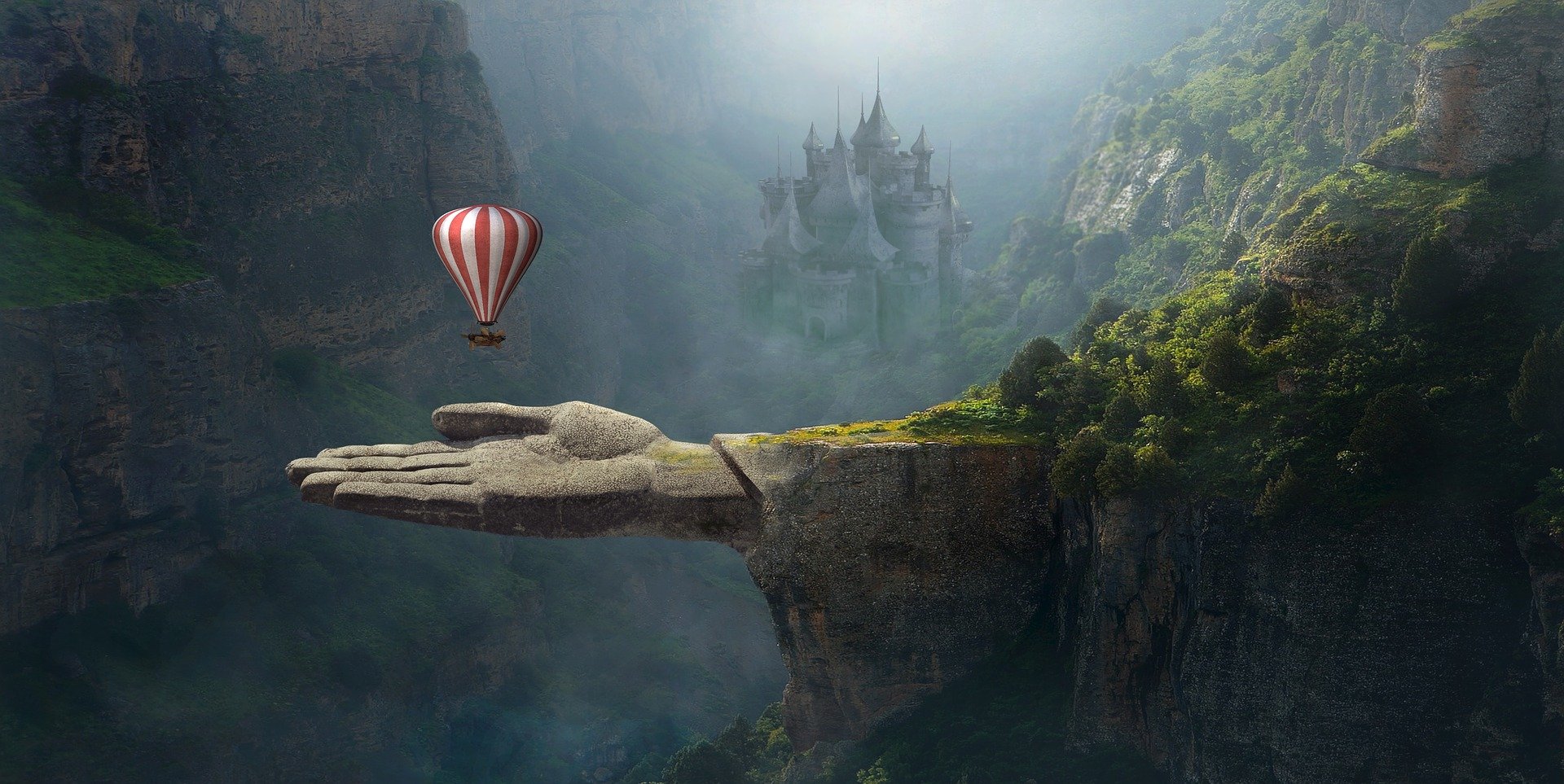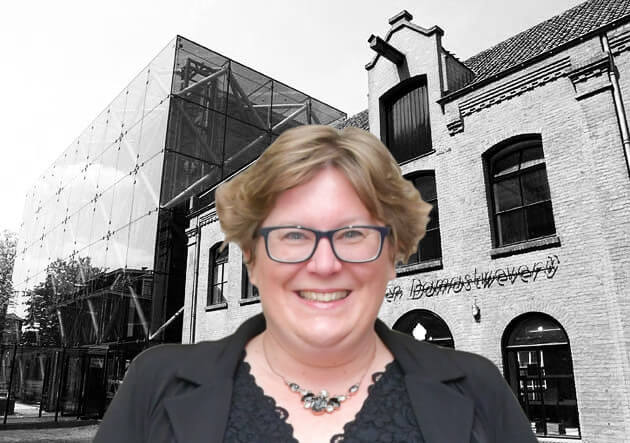
To me, there’s something magical about technology. It was already like that when my father showed me the power of engine technology when I was a little girl. You don’t have to be technically literate to be charmed by the magic of technology. For example, I was enraptured when I saw a hologram for the first time. I felt honored when I first met Pepper the robot. And I had a smile from ear to ear when the first time I experienced the sensation of an imaginary roller coaster ride with a pair of VR glasses. It turns out that I am not alone in this. The magical power of technology is more widely known as The Third Law by science fiction writer Arthur Clarke. This law from the author of ‘2001: A Space Odyssey’ reads: “Any sufficiently advanced technology is indistinguishable from magic.”
The concept of magic
Magic draws you in. Magic is easy to sell. Jan and Lola won the TV show LEGO Masters not because they could build technically better than the rest … But because they added the ‘Jan and Lola’ magic to their LEGO constructions, according to the Brickmaster. The award-winning and much-lauded tech columnist David Pogue argues that people are helplessly attracted to the concept of magic. Not only when we talk about LEGO or Harry Potter, but especially when we talk about technology. Pogue cites Apple as a prime example of the marketability of technological magic.
“Any sufficiently advanced technology is indistinguishable from magic” – Arthur Clarke
Yet not everyone views technology as magical. For example, the quintessential brand-personification of magic, Disney, gives the tech world a big slap on the wrist with its latest film, Onward. First of all, let me just mention that I have a lot of admiration for how Disney approaches complex and heavy themes in a kid-proof way. After the recent films Coco (theme: Death) and Vayana (theme: Climate Change), the youngest addition to the Disney family also belongs on the list of ‘Disney films-with-a-complex-theme.‘
Onward takes you into a magical world full of elves, unicorns, and centaurs. In that world, technology has slowly triumphed over magic. Why conjure up light, when you could get an electric light with a simple switch? And rather than being a centaur racing around at high speeds, you could just hop into a car. Everything the magical creatures in the film used to do with magic, they now do with technology. It has made the characters in the film lazy and vacuous. As such, in this film, technology is not magical at all. Instead, it takes the magic away from life. An interesting message from Disney to the tech world in which we now live.
Our own magical heads
What we have to bear in mind is that we create technology with our own magical heads. It is our creative brain that not only devours magic but definitely also produces it. And that creative brain can use a little push now and then when it comes to generating magic. Fortunately, that magical brain is easily stimulated. For example, by working in rooms with high ceilings. Plenty of space above your head also creates a lot of space in your head. Which invariably makes it easier to make more magical discoveries.
Neuroscientist Gregory Berns writes in his book Iconoclast: “To see things differently than other people, the most effective solution is to bombard the brain with things it has never encountered before. Novelty releases the perceptual process from the shackles of past experience and forces the brain to make new judgments”.
Therefore, Berns recommends traveling a lot, trying out lots of different dishes, and visiting a lot of museums if you want to stimulate your head to create magic.
“To see things differently than other people, the most effective solution is to bombard the brain with things it has never encountered before. Novelty releases the perceptual process from the shackles of past experience and forces the brain to make new judgments” – Gregory Berns
Ultimately, we could also just train our creative brains really hard. We are quick to think that magical inspirations are the preserve of the few. Yet creative thinking is in reality something you absolutely can train. fMRI research has shown that a five-week training program that focused on creative thinking could increase the brain’s thinking speed, increase the brain’s ability to make more connections, and shift the focus in the brain from monitoring to creating.
Creativity challenge
Inspired by this research, I decided to put it to the test during the midst of the corona crisis. Based on the LEGO Serious Play method, I organized a challenge in which participants were given a creative assignment every day during a five-week period. With 200 participants, we started on King’s Day (April 27) and finished on June 1, the very day that the corona measures were eased here in The Netherlands. Also just when it became easier again to stimulate the creative brain in other ways.
At the end of the challenge, 60% of the participants reported that they came up with solutions to the creative challenges more and more quickly as the challenge progressed. Half of the participants stated that those solutions turned out to be increasingly more ‘out of the box.’
About 90% of the participants indicated that they sometimes thought they were unable to come up with anything in the morning. However, by the end of the day, they had managed to come up with an interesting creation after all. In fact, all respondents indicated that they were occasionally, or frequently surprised by their eventual creations. Therefore, magic – the ability to create things that you can be amazed at and marvel over – is literally in everyone’s head. It just needs a slight nudge to release it.
Tomorrow is good because there will be even more magical technology? Then we need to train our creativity muscle. At school and at work. Magic in our society is something we create ourselves. So, the more people we train in this, the more magic there is to discover in society.
About this column
In a weekly column, alternately written by Hans Helsloot, Eveline van Zeeland, Jan Wouters, Katleen Gabriels, Mary Fiers, Peter de Kock, Tessie Hartjes and Auke Hoekstra, Innovation Origins tries to find out what the future will look like. These columnists, occasionally supplemented with guest bloggers, are all working in their own way on solutions for the problems of our time. So tomorrow will be good. Here are all the previous IO episodes.

